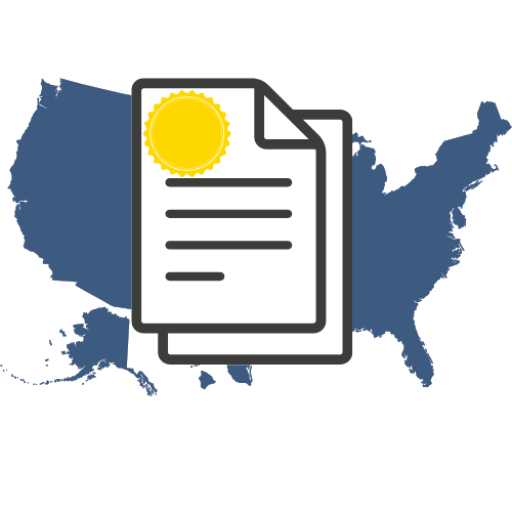Ensuring Safety and Compliance: Why Pesticide Label Review Matters
Author: USAPR Editorial TeamDate: July 2025 Summary: Pesticide labels do more than inform—they protect. This article outlines how effective label reviews reduce…
Author: USAPR Editorial Team
Date: July 2025

Summary:
Pesticide labels do more than inform—they protect. This article outlines how effective label reviews reduce liability, ensure EPA compliance, and promote safe product use across the market.
Introduction
Pesticide labels are essential regulatory tools—not just packaging text. They provide users with vital information for safe, effective use and serve as a legal document recognized by the EPA. A thorough, accurate pesticide label review ensures compliance, reduces liability, and supports your product’s marketability. Whether you’re managing Section 3 registrations or 25(b) products, proper label review is one of the most impactful steps in staying compliant.
Why Pesticide Label Review Matters
Pesticide labels are legally enforceable documents. They must reflect accurate, up-to-date regulatory language to:
- Protect human health through safety guidance and PPE instructions
- Preserve the environment by managing runoff, residue, and disposal
- Maintain legal compliance with federal and state regulations
- Avoid costly recalls or enforcement actions
For EPA-registered products, failure to meet label compliance standards can trigger product denial, stop-sale orders, or civil penalties. For 25(b) products, states may reject submissions or penalize companies that include prohibited claims.
Key Elements of a Compliant Pesticide Label
- Key Elements of a Compliant Pesticide Label
- Product Name & Use: Clearly state what the product is and what it’s used for.
- Active Ingredients: Include all actives and their percentages.
- Inert Ingredients: List inert components when required by law.
- Usage Instructions
- Application Methods: Describe tools, techniques, and use sites.
- Dosage Rates: Include specific instructions by pest and use case.
- Timing & Frequency: Clearly note when and how often to apply.
- Safety Information
- Precautionary Statements: Detail exposure risks and how to mitigate them.
- PPE Requirements: Specify protective gear for handlers and applicators.
- First Aid Instructions: Provide clear emergency treatment steps.
- Environmental Warnings
- Hazard Statements: Warn of impacts to bees, aquatic life, or runoff.
- Disposal Instructions: Ensure users know how to discard properly.
- Regulatory Statements
- EPA Registration Number: Required for federally registered products.
- Signal Words: “Caution,” “Warning,” or “Danger” depending on toxicity.
- Storage and Handling: Safe storage practices and temperature tolerances.
Best Practices for Label Review
1. Engage with Compliance Experts
Working with a pesticide regulatory consultancy ensures labels meet federal and state standards. At USAPR, our label specialists provide full audits, formatting corrections, and claim language reviews tailored to your product type (25(b), Section 3, or distributor).
2. Monitor Regulatory Changes
Label rules change. Always stay current with:
- EPA updates on formatting and wording
- AAPCO guidance (especially for 25(b) products)
- Individual state requirements and claim restrictions
Proactive tracking avoids rushed changes or rejected submissions.
3. Use a Structured Internal Review
Develop an internal label review SOP that includes:
- Regulatory Affairs
- Product Development
- Legal
- Marketing (to ensure accuracy and avoid risky claims)
Supplement this with a third-party review to catch blind spots and improve defensibility.
4. Validate with End-Users
Labels must be usable, not just compliant. User testing—especially with applicators—can uncover confusing wording or formatting. Implement a feedback loop for continuous improvement.
Where USAPR Can Help
Our label review specialists work with manufacturers of all sizes to ensure labels:
- Meet federal and state formatting and claim rules
- Avoid prohibited statements or unsupported marketing language
- Remain compliant across states with differing standards
Whether you’re submitting to California, New York, or the entire 50-state grid, we support your product’s safe and compliant journey.
Need help with your label review?
Our team of regulatory specialists can audit and update your label for EPA or 25(b) compliance.
